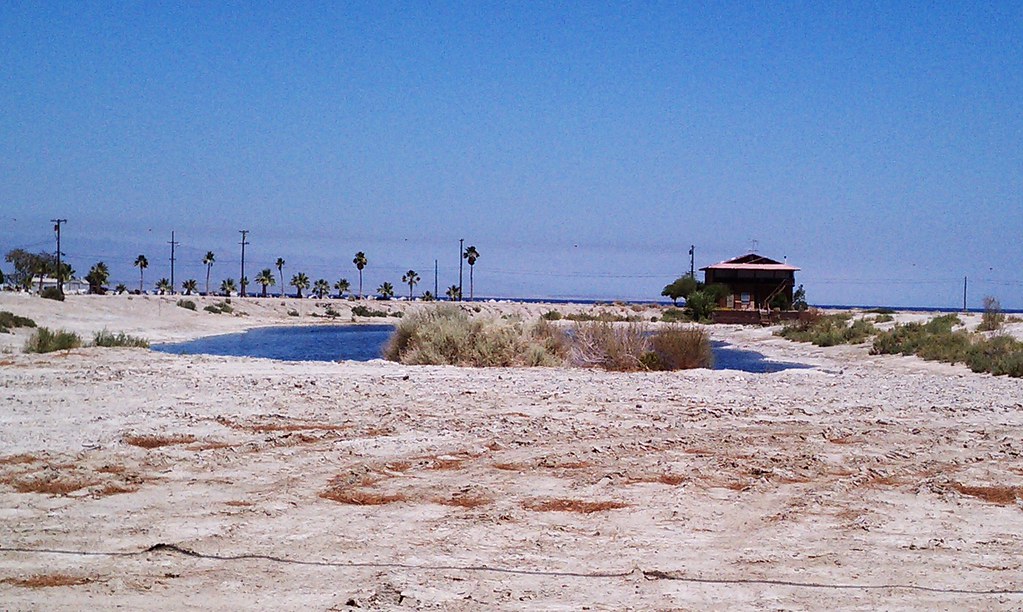Who owns geothermal heat? A version from a geologist’s perspective
In this guest article, Luis C-A. Gutiérrez Negrín responds to the ownership issue of geothermal heat and sheds light on other issues holding back the industry.
Alex Richter wrote an interesting commentary in ThinkGeoEnergy about the scholar article “Who Owns Heat? Property Rights in Geothermal Energy” authored by Professor Gabriel Eckstein of Texas A&M School of Law, and recently published in the University of Illinois Law Review, Vol. 2025, pp. 492-553.
Eckstein introduces the subject in the very first lines of his foreword, mentioning that landowners in the US –and some other countries– “can have ownership claims to oil, gas, water, and other tangible natural resources located in their subsoil. But can they also claim rights to the thermal energy found below their land?”
So, as Richter remarks, “Eckstein argues that the law remains largely unsettled when it comes to thermal energy.” In addition, Eckstein refers to geothermal energy as “an incorporeal, uncontainable, natural resource that is better defined as a characteristic of underground formations rather than as a physical or tangible thing” and, as Richter mentions in his commentary, “Geothermal energy is not a substance like water or minerals—it’s a condition or characteristic of subsurface formations.”
Lack of ownership framework a hindrance to development?
Eckstein considers there are ambiguities “in property rights related to the development and ownership of geothermal energy resources” (in the US), and then it is not clearly stated “who is entitled to benefit from” (them). Therefore, writes Richter, “the absence of clear legal ownership could hinder geothermal development in the United States.”
In Eckstein’s opinion, “the lack of clarity in property rights related to the development and ownership of geothermal energy resources” is a barrier to the development of geothermal in the US, “possibly more pernicious” than other well-known barriers like high upfront costs, technological limitations, and relatively high energy production costs.
Eckstein concludes his long and very well documented study writing that is necessary to establish “a property regime for geothermal energy resources,” which must be “consistent not only within states, but across the nation,” and announces a “follow-up article” where he will present his best approach to this subject.
A similar situation of ownership as solar or wind energy
I will look forward to that new article, but in the meantime, I must confess I do not understand why this legal conundrum exists in the US. I am a geologist, not a lawyer –like Eckstein and Richter–, but in my opinion geothermal energy it is not really “a condition or characteristic of subsurface formations,” but a specific type of energy –thermal energy–, that can be harvested with proper equipment and tools –like geothermal wells. It is certainly “an incorporeal, uncontainable, natural resource” and therefore it is not “a physical or tangible thing.”
But more than “a characteristic of underground formations” geothermal resources are simply thermal energy of the Earth, that can be naturally concentrated by fluids in some parts of the subsurface, called hydrothermal systems or reservoirs, or diffused in the rocks.
Thermal energy is also produced by the sun and can be harvested by superficial thermo-solar installations located on a private or public land, whose owner is entitled to benefit from the thermal energy of the sun collected within the limits of their property. The landowner also can get benefit from the wind blowing on their property, by installing the proper towers and wind-turbines to generate electricity, and from the sunlight by installing solar panels able to transform the sunlight in electricity through the photo-electric effect.
Sunlight, solar heat, and wind are also incorporeal, uncontainable, and natural resources, whose logical beneficiary is anyway the owner of the superficial land where the proper installations are installed. Subsurface thermal energy –or geothermal energy– produced by radioactive decay of some minerals or as residue of the planet formation 4.5 billion years ago, must be in a similar situation of legal ownership. Nothing more, but nothing less.

A federal law on geothermal resources is important, but not a guarantee
In other countries, like Mexico, whose constitutional system is based on the Roman droit, all the subsurface resources are an original property of the nation, who can grant the use, exploitation, and/or benefit of those resources to particulars during certain time and/or under certain conditions. There, it is clear than any sort of energy or material resource with some intrinsic or extrinsic commercial value, including simple rocks for quarry, are property of the person that holds the proper titles, licenses, or permits issued by the federal government on behalf of the nation –which is not necessarily the same landowner.
Thus, in countries with constitutional systems based on Anglo-Saxon droit, the question about who owns the subsurface heat should be enough clear, since the original ownership corresponds to the first person that claimed the land (first in place, first in right), and not from an entelechy called the nation.
However, as Eckstein remarks, there are many different interpretations and requirements to grant geothermal licenses or permits among the fifty states of the union, and even among counties, because the general concept is one thing, but the practical specificities are other. One obvious way to overcome that, is proposing a federal law on geothermal resources, to uniformize all the particularities not only about ownership but also about regulations.
Of course, there is the Geothermal Steam Act (GSA), but I understand it has a limited scope since it is focused on geothermal resources located in federal lands managed by the Bureau of Land Management (BLM).
There are also geothermal laws in several countries in the world, even in some countries with no current geothermal use at all –like Ethiopia. One of the countries with geothermal specific law is Mexico, whose original act (LEG: Ley de Energía Geotérmica) was passed in 2014, and now there is a new Geothermal Law (LG: Ley de Geotermia), which focuses on geothermal resources for electricity generation, passed in March 2025.
Thus, contrarily to the case of the US, as presented by Eckstein, the slow geothermal development in Mexico has not been due to ambiguities in the ownership of the resource, or to the lack of a geothermal act, but for the usual hurdles: high upfront costs, more risks in the exploration stage, relatively high levelized costs, and technological limitations… In any case, having a geothermal law is an advantage.



















